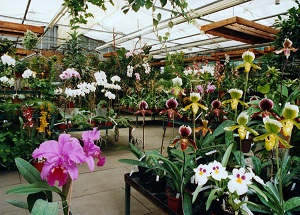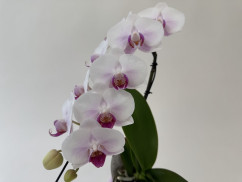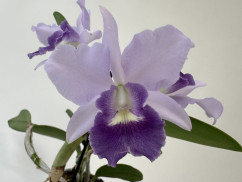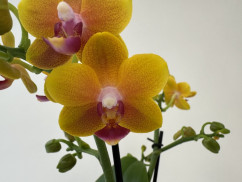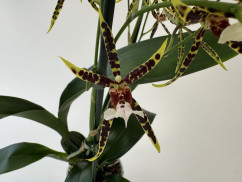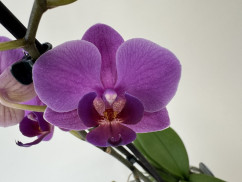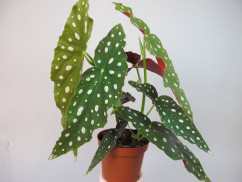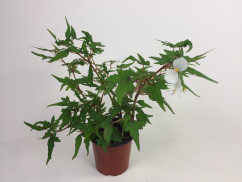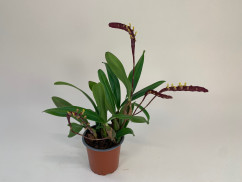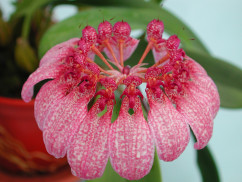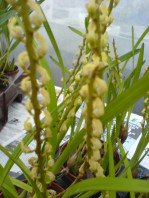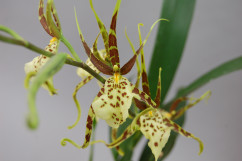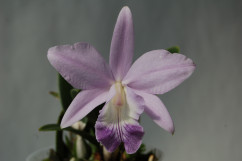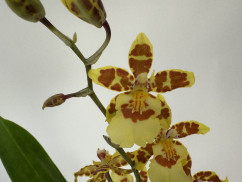Product Details
Vanilla planifolia - exotic jewel
Vanilla is as established in our kitchen today as cinnamon and sugar. But she has come a long way. She found her way from Mexico to Europe and back to the tropics until she became at home all over the world.
The genus Vanilla belongs to the orchid family, botanists now know 113 species belonging to this genus. They are common in the tropical and subtropical areas of the Pacific Islands as well as the American, African and Asian continents, although most were originally from South America. They grow creeping or climbing, on trees (epiphytic), on rocks (lithophytic) or in the ground (terrestrial) and their shoots become a few centimeters or even several meters long. The most famous variety, the spice vanilla Vanilla planifolia, has been popular for centuries because of its aromatic vanilla pods, but orchid lovers also love it as a special piece of jewelry for the living room.
From the jungle to the kitchen - the wild jungle inhabitant becomes a valuable spice
The spice vanilla known to us, Vanilla planifolia, is a Mexican climbing plant that the ancient Aztecs already knew as a tasty spice plant under the name black flower "Tlilchoxchitl". At that time, the consumption of this noble plant was reserved for kings and it should be a long time before vanilla became a spice for everyone. Although the Aztecs tried to keep vanilla as their culinary secret, they discovered the Spaniards on their colonial trains at the beginning of the 16th century. In addition to important crops such as potatoes, tomatoes and pumpkins, they also brought vanilla to Europe in considerable quantities.
And there it became popular, traders sold it at high prices to rich and noble. It became a fashion spice in the royal and royal houses. For a long time, the Spaniards had a monopoly on vanilla. It achieved enormous economic value, so the Spaniards put their exports under the death penalty. However, it was only around 100 years later, at the beginning of the 17th century, that the English came up with the idea of researching the cultivation of vanilla with live, exported plants in order to make production more economical. The French, in turn, brought them to tropical regions, to their Réunion colony, to make them a plantation plant. However, their attempts were unsuccessful because the natural pollinators of vanilla, the species of bees and hummingbirds native to Mexico, were missing. It wasn't until 1841 that Edmond Albius, a slave, discovered that vanilla plants form their valuable seed pods when they are pollinated by hand. A brilliant method that is still practiced on plantations today and gave Edmond Albius freedom.
Vanilla was then mass-produced on tropical plantations and shipped to Europe. Seven years after the pollination secret was unveiled, merchant ships brought fifty kilograms of vanilla to Europe, almost forty years later it was over two tons.
However, even plantation cultivation could not make vanilla affordable for everyone, a pound of the noble spice still cost as much as a worker earned per week. And while the planters got rich, nature and the local population suffered from European vanilla fever. The workers were fed starvation wages and plantation owners cleared entire forests in the Seychelles to make room for the cultivation of vanilla, so that the soil was worn away by the weather.
But the boom in the vanilla business was suddenly slowed down by pests. The fungal disease Calospora vanillae in particular caused severe losses on the plantations in Java, Madagascar and the Maskarenes. It was not until after the Second World War that the fungus could be stopped with chemical killers.
A groundbreaking discovery in the mid-19th century caused the value of real vanilla to collapse and the colonialist capitalist craze to collapse. In search of an artificial glucose, two doctoral students from Humboldt University Berlin discovered vanillin, a chemically produced vanilla flavor, in 1874. However, it was not until the turn of the century that production was optimized in such a way that it could be produced inexpensively. Today it is extracted from lignin, a by-product of the paper industry, and is used in large quantities in the food, cosmetics and perfume industries.
But despite the competition from the test tube, Vanilla planifolia remains an important crop. Up to 2000 tons of vanilla beans are exported from Madagascar every year. And it is no longer just a useful plant, but, like its siblings in the orchid family, also popular as a house plant.
From the kitchen to the windowsill - the right care
With the Vanilla planifolia everyone can bring an exotic rarity home. Anyone who is familiar with orchid care will have no problems cultivating a Vanilla planifolia, because its requirements are similar to other orchid species.
In order for the plant to thrive, it is crucial that it be grown in our latitudes and not under entirely different environmental conditions in the tropics, from where many traders import it in bulk. Buy a vanilla planifolia only from the orchid grower and not at the hardware store.
Vanilla planifolia needs either a planting pot with a trellis, where it can grow, or a hanging pot, in which its shoots have a lot of space to spread out. It prefers a partially shaded to shady but bright location and should not be exposed to direct sun in summer. The tropical plant loves warm temperatures of at least 18 degrees Celsius and a high humidity of around 80 percent all year round. It thrives better in a greenhouse than in the living room. When growing on the windowsill, you have to spray it regularly or place it in a window bowl filled with water, which locally increases the humidity when it evaporates. Every seven days, it would like to be watered with lime-free tap water or rainwater. By the way, she hates waterlogging just like her other orchid sisters. So that the vanilla grows vigorously in summer, orchid fertilizer should be added to the irrigation water about once a month. It does not need any fertilizer in winter.
The shoots of the Vanilla planifolia grow up to 15 meters long in the jungle, but do not be disappointed if they do not thrive so well away from their natural environment. But with optimal care, you can expect a length increase of up to 1.5 meters per year.
In theory, it is possible to harvest vanilla beans from your own plants. They are harvested, dried and fermented immaturely, developing the black-brown color and their characteristic aroma, vanillin. However, growing pod-bearing plants is a very labor-intensive project. It requires years of cultivation in the greenhouse with the highest humidity and tropical temperatures, manual pollination of the flowers and harvesting at exactly the right time.
But whether as a cultivated plant or as a pretty window sill inhabitant: Vanilla planifolia in your living room is an exotic collector's item that you will enjoy for years to come.
Additional Information
| Article no. | VAN0005G |
|---|---|
| light/location | semi-shady – shady |
| temperature | warm (20 - 24 °C |
| irrigation | Pour every 7 days |
| Fertilization | once a month |
| plant size | nearly mature plant |
| pot size | 12 cm mit Rankegitter |
| flower season | summer |
| flower size | 4 cm |
| parents/origin | Mexiko |
| info | Schmuckblatt |
You may also be interested in the following product(s)
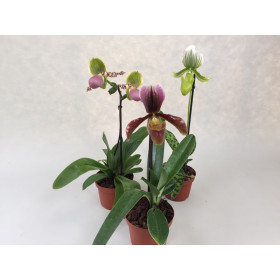
Paphiopedilum-Sortiment (3 knospige/blühende Frauenschuhe)
Regular Price: €59.70
Special Price: €45.90 *






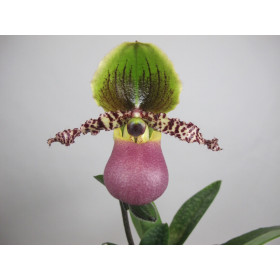
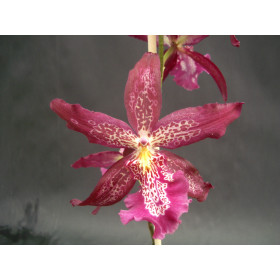
 ... to newsletter subscription
... to newsletter subscription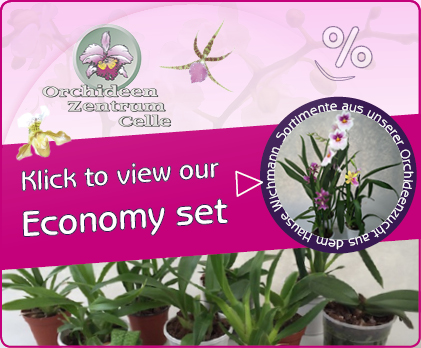 ... to see all economy sets
... to see all economy sets
